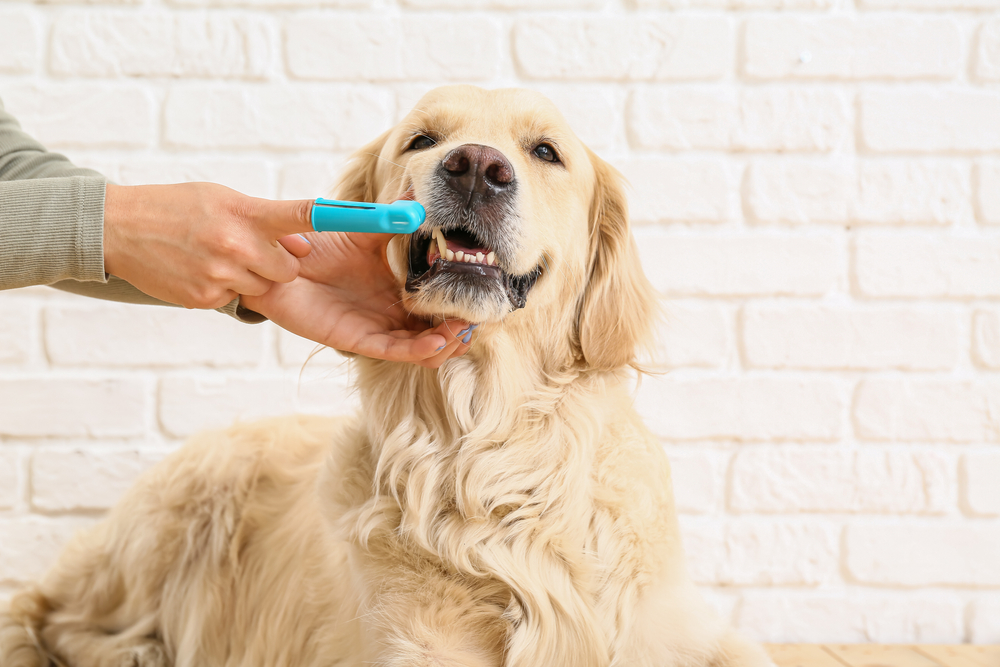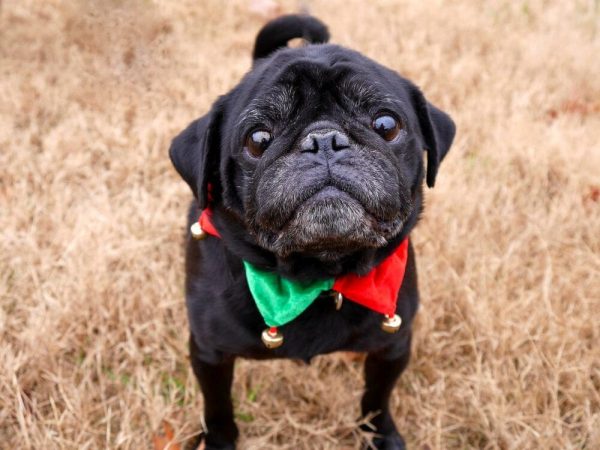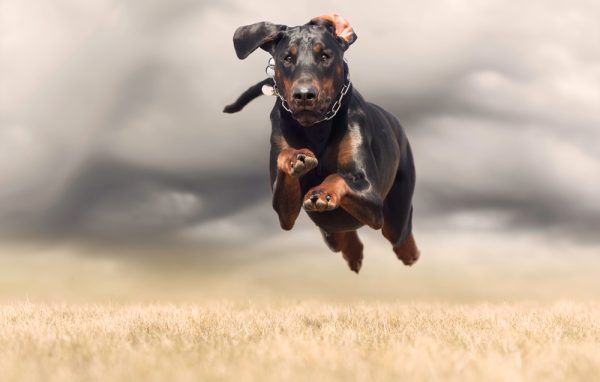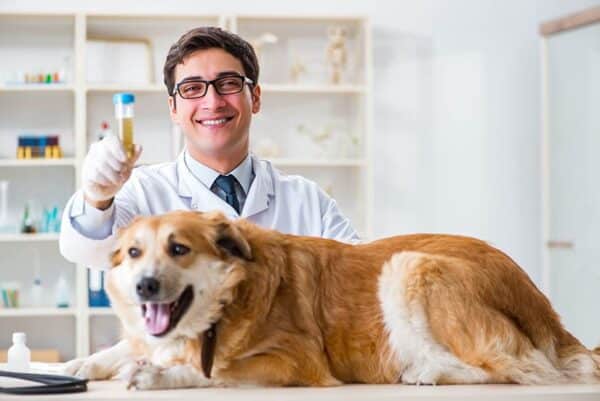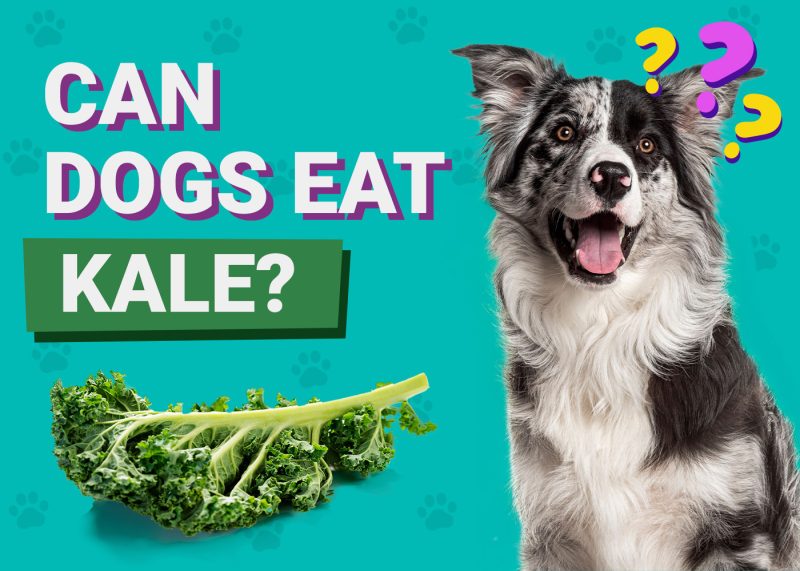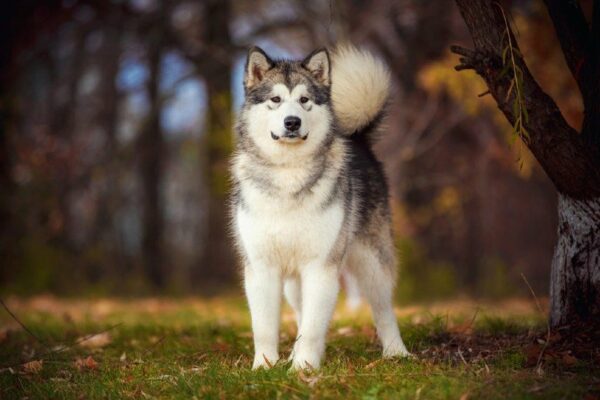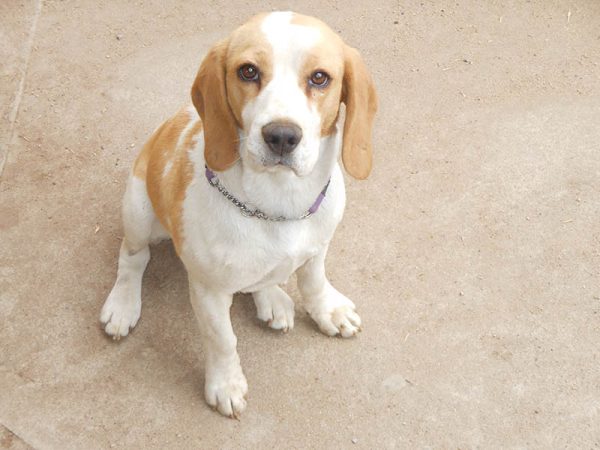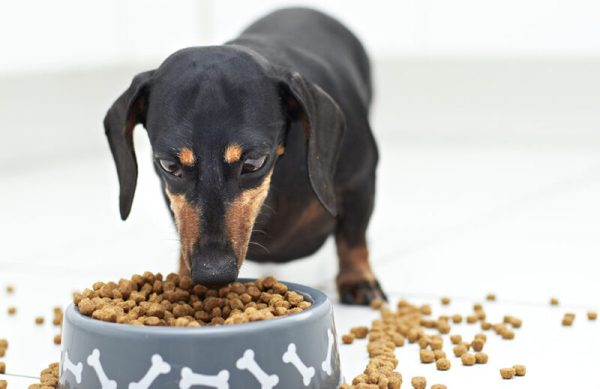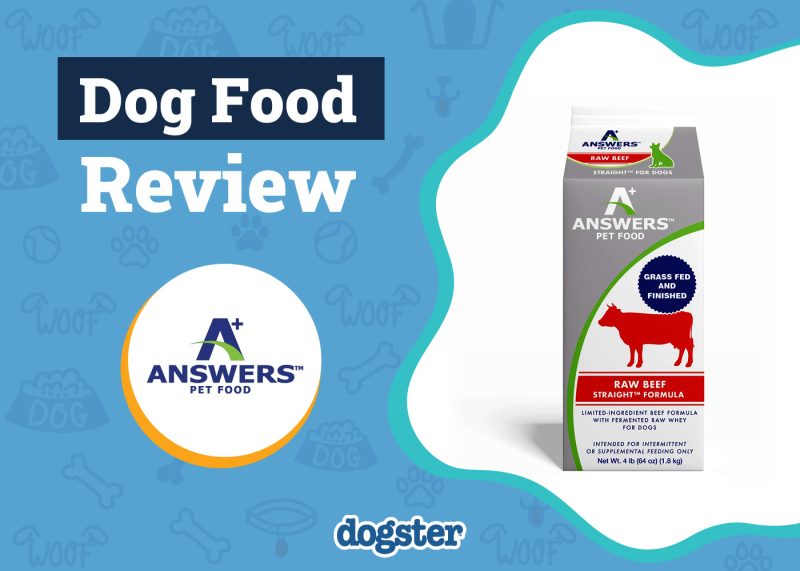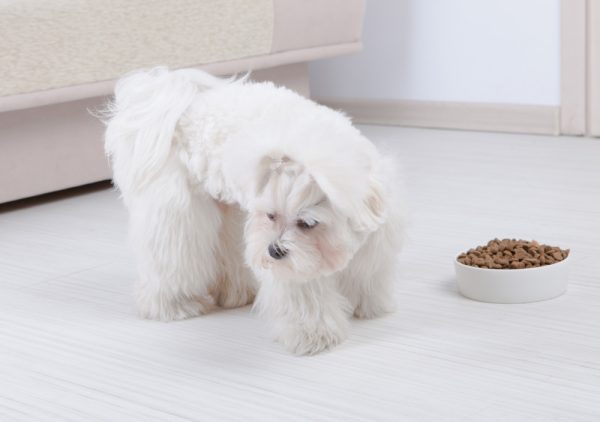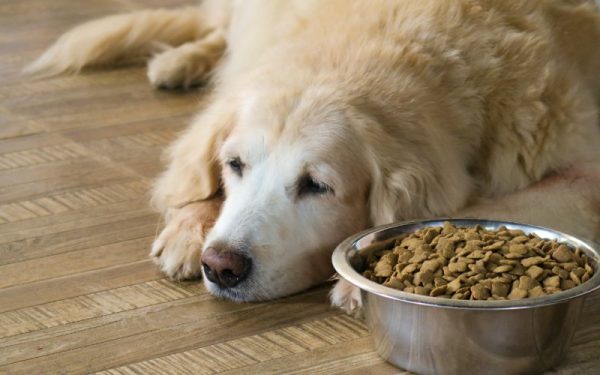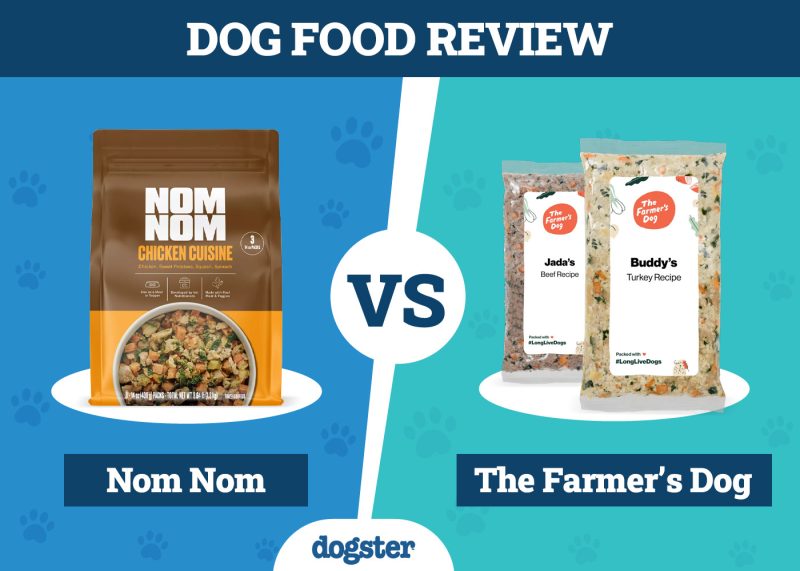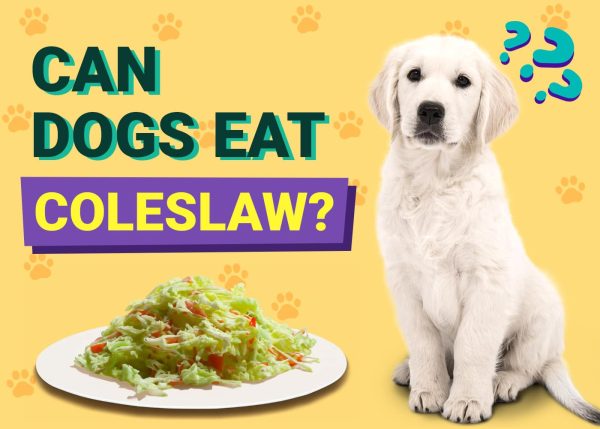In this article
We all know that toothbrushing is a necessary part of life for humans, as poor oral hygiene can result in cavities, infections, and gum disease and even increase our risk of heart disease and stroke.1 But does the same rule apply to our dogs?
While you may not have to brush your dog’s teeth thrice daily as you should your own, toothbrushing is something that you need to do for your dog’s overall health. Read on to learn more!

Do Dogs Need Their Teeth Brushed?
Yes, you absolutely should be brushing your dog’s teeth. Periodontal disease is an extremely common health problem in veterinary medicine, with studies suggesting that up to 90% of dogs over 3 years of age have it to some degree.2 Unfortunately, there are often no signs of dental issues until it’s progressed to the point of no return.
Plaque build-up can happen quickly, and within days, it can harden into tartar above and below your dog’s gumline. The most effective way to prevent tartar build-up is through daily tooth brushing.
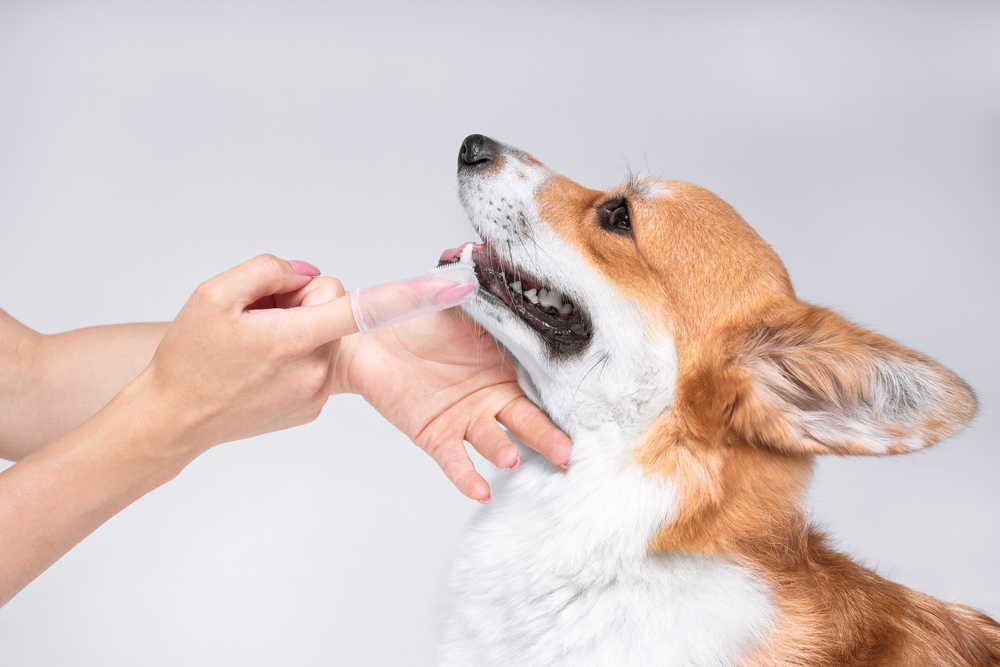
What Is Periodontal Disease?
Periodontal disease, sometimes known simply as dental disease, occurs when dental plaque and tartar accumulate on the teeth and under the gumline, causing gingivitis. Left untreated, the progression of tartar, plaque, and gingivitis can cause the bacteria in the mouth to infect the area around the tooth root, known as the periodontal ligament. Tooth root abscesses and jaw infections are common secondary to periodontal disease.
Plaque, tartar, and gingivitis are the most common causes of periodontal disease, and certain breeds are more likely to develop it. Enamel defects and jaw or teeth misalignment can also contribute to the progression of the condition.
Periodontal disease can be quite painful for dogs if it is allowed to progress. It can make eating painful, especially if your pup develops a tooth root abscess as a result. While periodontal disease isn’t considered an emergency, it can become irreversible, resulting in tooth and bone loss. This can cause other consequences, such as oronasal fistulas (an abnormal opening between the nasal and oral cavity), jaw fractures, and abscessations, causing draining tracts to develop in the face or mouth.
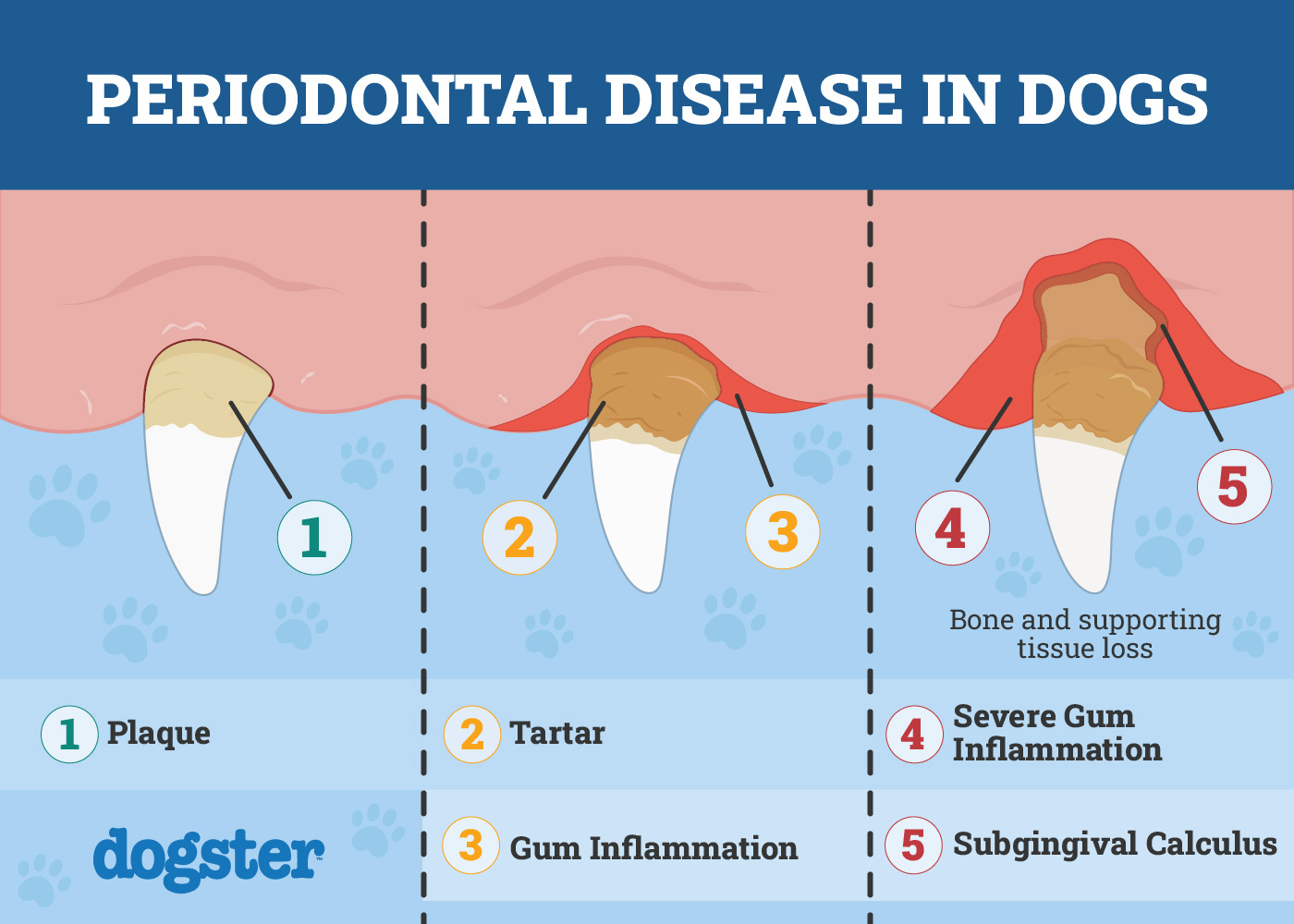
What Are the Signs of Periodontal Disease?
The most common signs of periodontal disease include:
- Tartar accumulation
- Gum inflammation
- Bad breath
- Loose or missing teeth
- Decreased appetite
- Gum bleeding
- Irritability
- Excessive drooling
- Abnormal mouth discharge
- Pawing at the mouth
- Dropping food or difficulty chewing
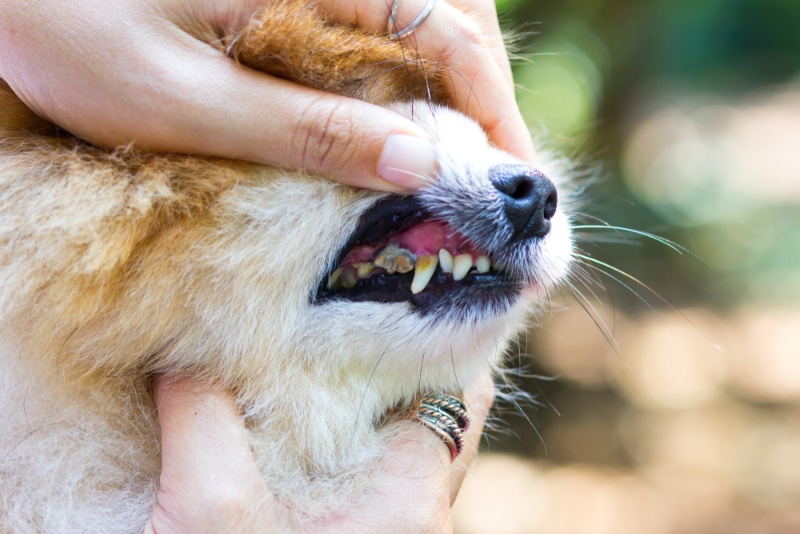
How Often Should I Brush My Dog’s Teeth?
In a perfect world, you’d brush your dog’s teeth at least once daily with toothpaste formulated for dogs. However, if your adult dog hasn’t ever seen a toothbrush in their life, you can work up to daily brushings by committing to brushing three days a week.

The 7 Steps for Brushing a Dog’s Teeth
1. Buy a toothbrush made for dogs.
The bristles on these brushes are specially angled and softer than those made for humans. A finger brush is fine for dogs under 30 pounds, though larger dogs typically need ones with longer handles for easier access.

2. Buy toothpaste formulated for dogs.
They come in flavors your pup will love, such as poultry or peanut butter, and contain enzymes to break down plaque.
3. Choose a room in your home where your dog is comfortable.
Do not take a threatening stance or try to hold them down against their will. Instead, try sitting in front of them. Pay close attention to their body language to gauge how nervous they are. If you pick up on signs of anxiety, stop and try again another time. You can offer treats to create a positive association with seeing the toothbrush.
4. Get them used to the idea of having their teeth brushed.
Start by running your finger along the outside of their lips and rewarding them. You may need to repeat this step for several days before your pup associates the finger sweeping with a treat. Once they readily accept your finger, they’re ready for toothpaste.
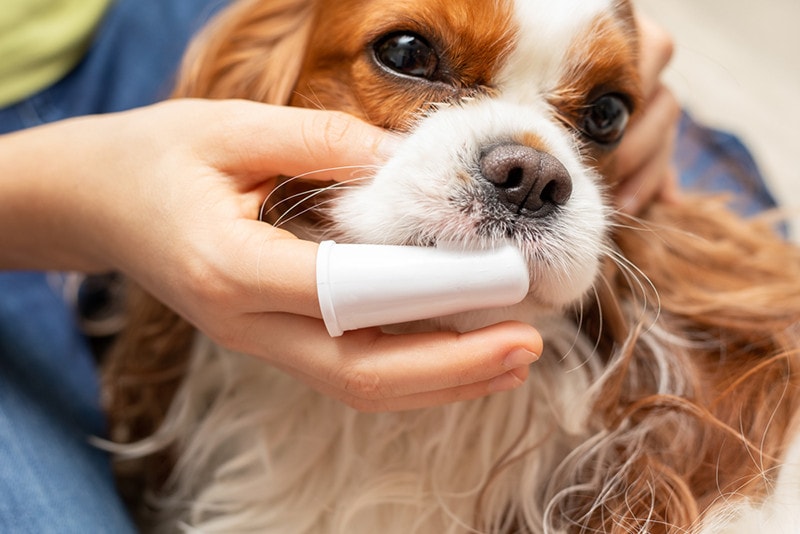
5. Introduce the toothpaste.
Put the toothpaste on your finger, and let them sniff it and lick it off. This will get them used to the taste and texture of the paste.
6. Introduce the toothbrush.
Once your pup is accustomed to you opening their mouth and the idea of toothpaste, introduce the toothbrush and paste at the same time. Lift their lip and angle the toothbrush bristles so they can reach the gum line to better clear away plaque.
7. Begin gently brushing their teeth.
Move the toothbrush in a circular pattern just as if you were brushing your own teeth. You might need to work on a few teeth at a time before your dog is completely comfortable with having the brush in their mouth.
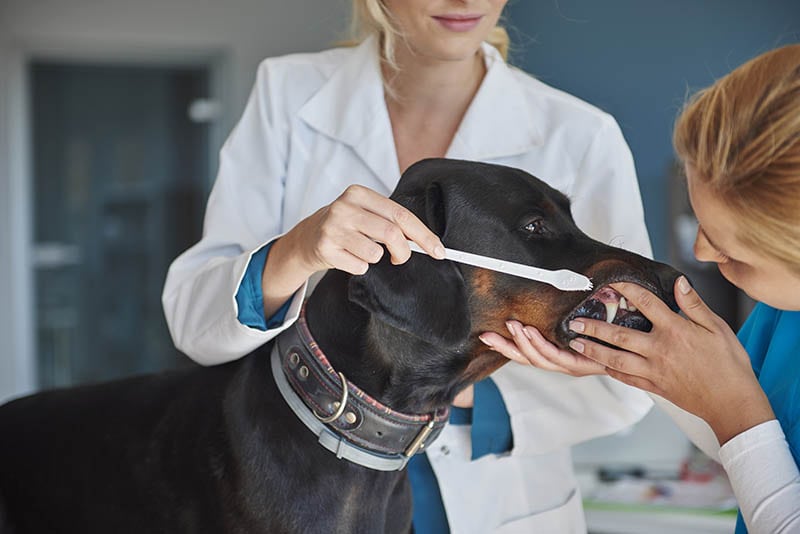
How Do Wolves Keep Their Teeth Clean?
Dogs descended from wolves, yet wolves don’t brush their teeth and don’t need to make visits to the veterinary dentist. But why?
A wolf’s diet consists of raw, meaty bones that would scrape any tartar build-up off naturally. However, they’re not immune to developing periodontal diseases. One study found evidence of periodontal disease in Iberian wolf museum specimens, with up to 88% of the mandibular teeth analyzed showing the presence of the disease.

Final Thoughts
Keeping your dog’s teeth clean is an essential part of your job as a dog owner. It only takes a few minutes of your day, but the payoff will be worth it. Dental conditions can be expensive to treat and painful for your pup, so the sooner you can get them used to the idea of getting their teeth brushed, the better.
See Also:
- Are There Risks Cleaning Older Dogs Teeth? Things To Be Aware Of
- How Much Does Dog Teeth Cleaning Cost in Canada? (Update)
Featured Image Credit: Pixel-Shot, Shutterstock
